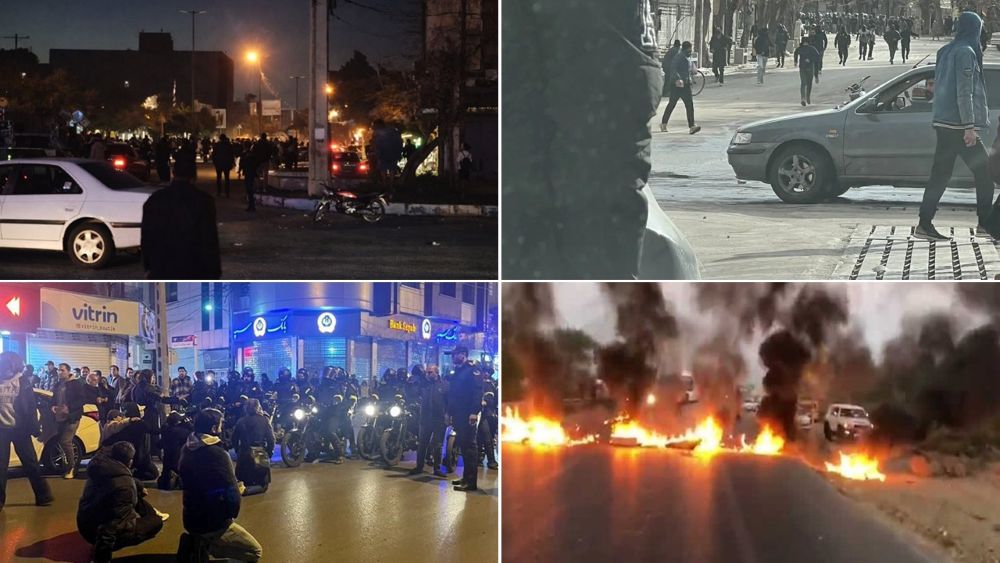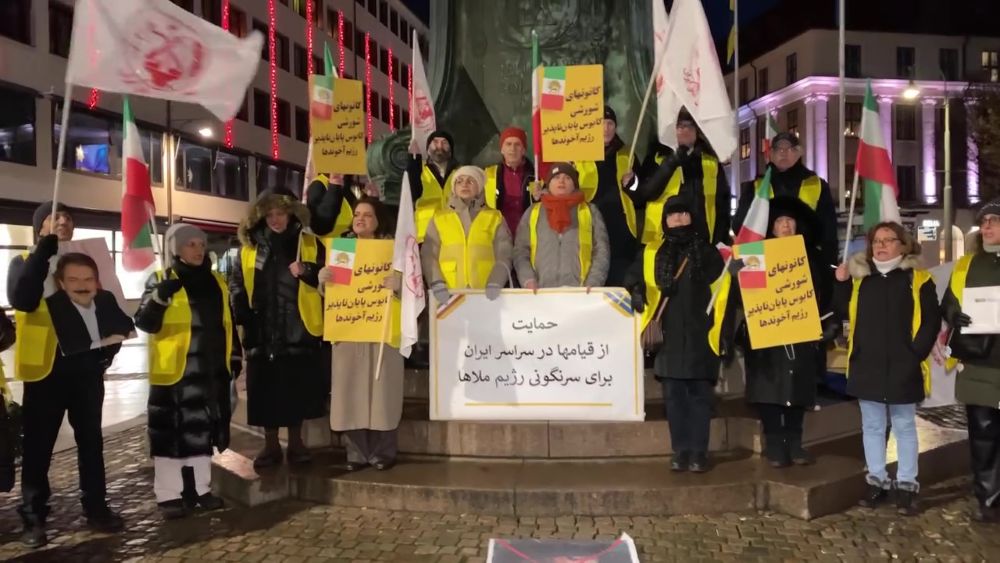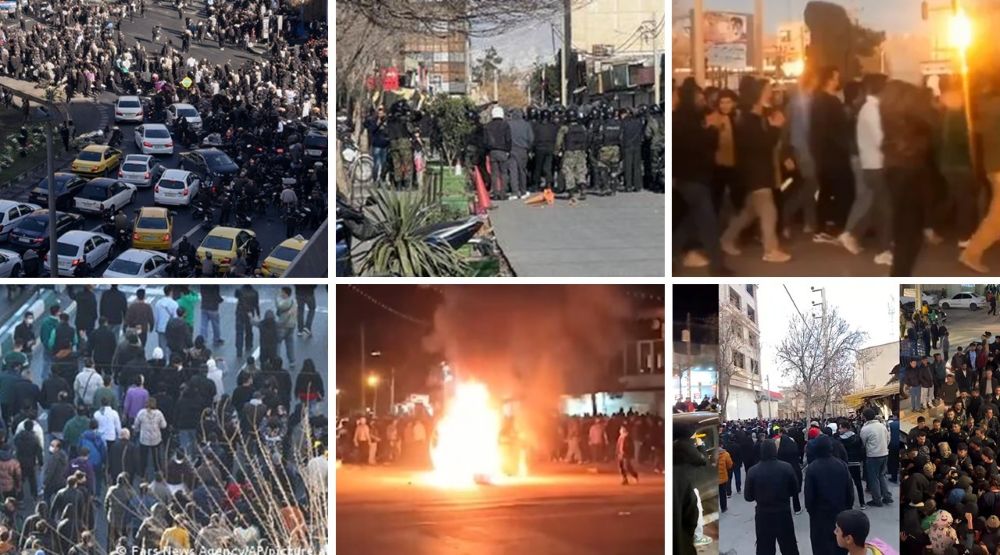Amnesty International published its annual report on the inhumane death penalty in the world in 2020. This report is a reference to the executions announced by the governments. The actual number is much higher than the announced statistics.
Amnesty International reports on executions in 2020, referring to the Iranian regime, which uses executions to suppress political dissidents and protesters.
“the country increasingly used the death penalty as a weapon of political repression against dissidents, protesters, and members of ethnic minority groups, in violation of international law.”
Iran's regime uses #deathpenalty as weapon to carry out pol. repression on dissidents, #IranProtests & ethnic minorities#StopExecutionsInIran
— Iran Freedom (@4FreedominIran) April 21, 2021
Abolition of state-killings must be tackled globally https://t.co/Yt66hgfn6u pic.twitter.com/IxgBJnMbY4
According to the report, the Iranian regime and three other countries accounted for 88% of all known executions in 2020. However, the Iranian regime alone has issued more death sentences than the other three countries.
Execution of political prisoners is the Iranian regime’s long-standing method of repressing dissidents – A Look at the 1988 Massacre
The criminal mullahs’ regime in Iran executed more than 30,000 political prisoners in Iran in a crime against humanity in the summer of 1988. The crime remains unpunished. Many of the perpetrators of this crime against humanity are currently in high positions in Iran’s religious dictatorship.
Ali Khamenei, the current supreme leader, was President and a key decision-maker at that time.
Khamenei and Ali-Akbar Hashemi Rafsanjani worked alongside Khomeini in initiating the massacre. Khomeini’s former heir Hossein-Ali Montazeri said in a letter that Khomeini sought counsel on his dangerous decisions from these two individuals alone.
A few months later Ali Khamenei, the then President of the Islamic Republic of Iran, had reportedly said at a meeting in Tehran University: “As regards the mass executions… those in prisons who had contacts with the Monafeqin [PMOI], who mounted an armed incursion against the Islamic Republic … are condemned to death and must be executed” (Tehran radio, 5 December 1988).
Also, Ebrahim Raisi, a member of the Death Commission at the time, is now the head of the regime’s judiciary.
Alireza Avaei, another perpetrator of the 1988 massacre, became Minister of Justice in Hassan Rouhani’s government.
So, it is time to investigate the 1988 massacre.



